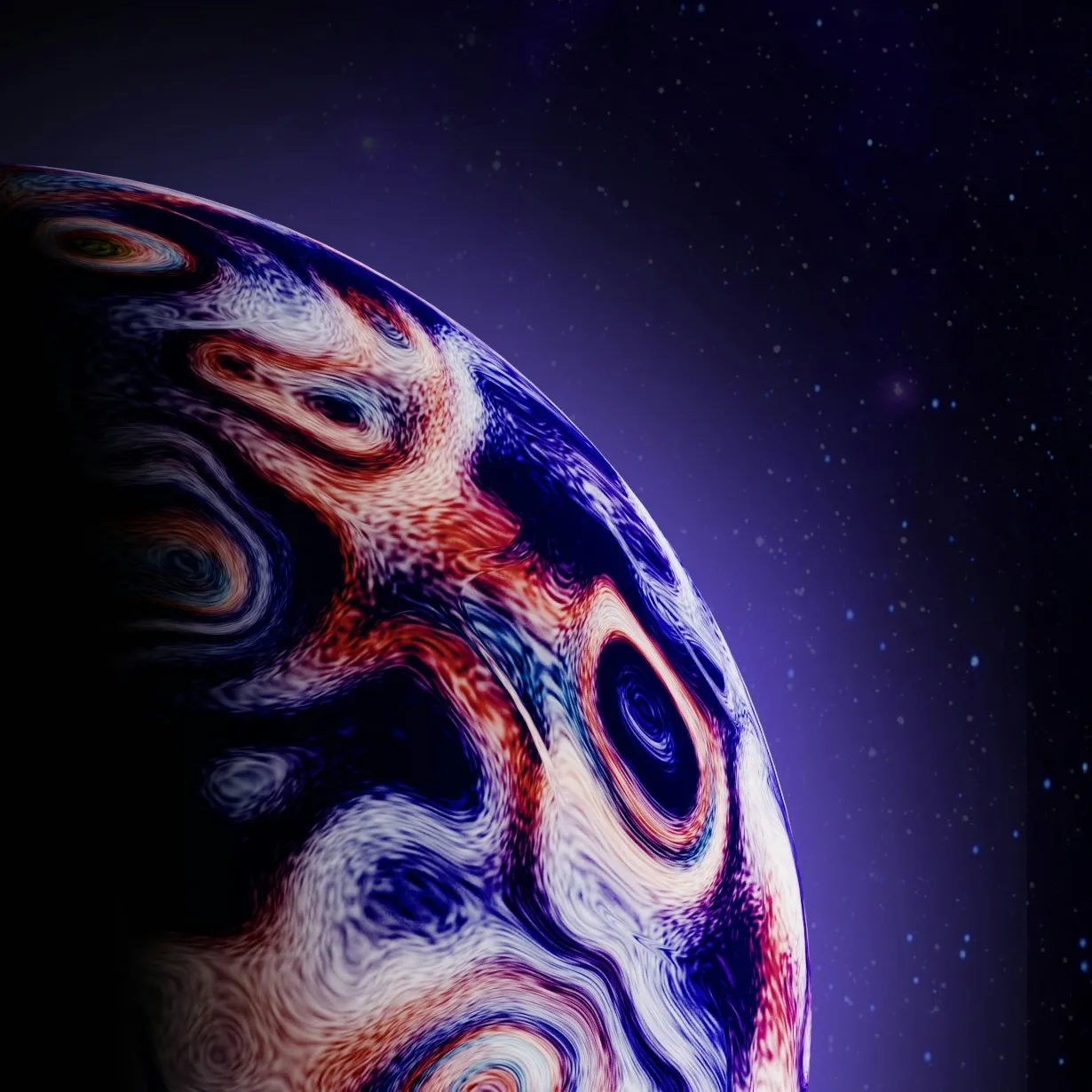Foundation’s Edge (Foundation #6)
Isaac Asimov

Foundation’s Edge was published almost 30 years after the original Foundation trilogy, and you can feel that distance when you’re reading it. The sociological ideas that were at the forefront of the original books are kind of in the background now, replaced by a more conventional sci-fi adventure.
The setup of the novel doubles down on the mind-control conceit introduced in the previous books: Trevize, a councilman of the Foundation, suspects that the Second Foundation is secretly pulling the strings of human history using their “mentalic” powers. At the same time, Gendibal, one of the leaders of the Second Foundation, also suspects that there’s yet another more powerful force out there, mentally controlling them.
For me, this made the mind-control plot device feel tired: if there’s always the possibility that some unseen force is actually calling the shots, then as a reader, I lose track of the characters’ motivations. I also found the two protagonists too similar: they’re both young and arrogant iconoclasts who don’t toe the party line, hunting for a hidden adversary, and to me, the two parallel storylines started to blend together.
(spoilers ahead)
The ultimate controlling force turns out to be a planet called Gaia, and most of the middle of the book is spent hunting for this mysterious world. But then, the characters are also preoccupied with finding Earth, which in the far-future timeline of the story, is an ancient world that has been forgotten. I got confused, thinking that Earth and Gaia were actually the same, but it turns out that Earth doesn’t play a role at all (until the next entry in the series, apparently).
For these reasons, this ended up being my least favourite of the series so far. It really dragged in the middle for me, and the plot is somewhat messy. The ending does introduce an interesting choice for Trevize to make, but we’ll have to see how it pays off in the next book.
